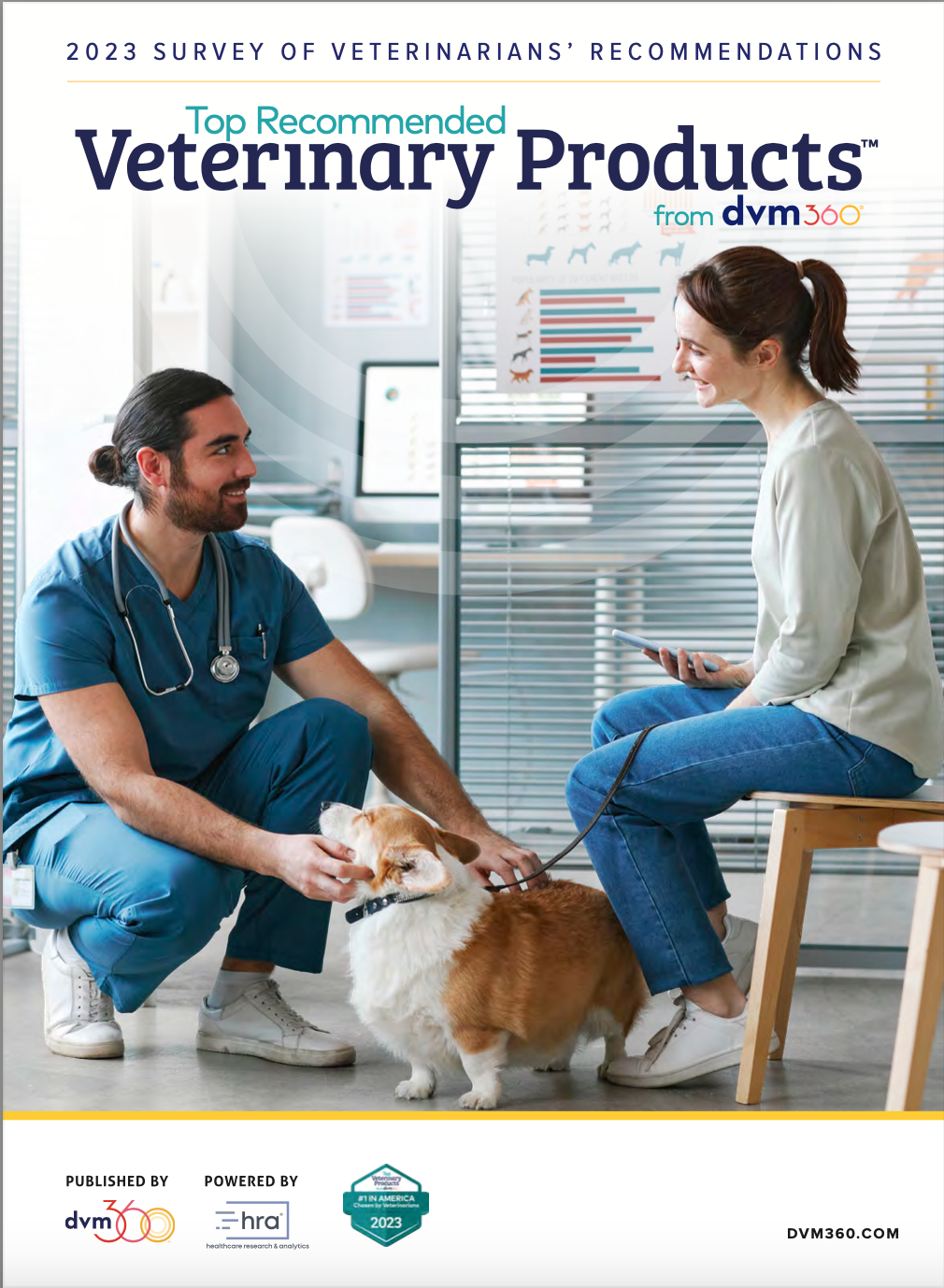Supporting feline behavior treatment with pheromone diffusers
When all else fails while treating behavior, pheromone diffusers may be the solution that veterinary teams and clients are looking for
Caterina Trimarchi / stock.adobe.com

An anxious or fearful cat coming into the veterinary clinic can be a stressful time for pet owners, veterinary professionals, and the pet itself. Because of this fear, pet parents may not seek help for their pets as often as they should, especially when it comes to transporting them to the clinic.1 Although that fear and anxiety can be treated with medications such as gabapentin, pheromone diffusers are also an option that can be implemented to help calm these anxious pets.
During an interview with dvm360, Elizabeth Colleran, DVM, MS, DABVP (Feline), provided a general overview as to how pheromone diffusers work, as well as the issues that these products can help address. “A feline facial pheromone fraction contained in a commercial preparation has been assessed in a variety of studies as another potential stress-reducing modality. Use of this product has been evaluated in the management of feline behaviors sometimes associated with stress such as urine spraying, as well as stress-associated diseases such as feline idiopathic cystitis. Use of the product also has been shown to decrease signs of stress during transportation or when visiting a veterinary clinic and improve appetite in hospitalized patients,” Colleran said.
How do they work?
Pheromone diffusers work like air freshener plug-ins. Veterinary professionals or pet parents plug the product into a power source to warm up the fluids within. As the product heats up, small particles form from the fluid and diffuse pheromones into the air and then settle on surfaces near the diffuser.
Colleran explained that pheromones are substances that are secreted from sebaceous mucous or sweat glands. Like most mammals, cats communicate with other felines by leaving and detecting messages from pheromones left within the environment by rubbing their face on things, urine marking, or scratching an upright surface.
“Feline-appeasing pheromones are released by mammary sebaceous glands of the queen during the nursing period, appearing 3 to 4 days after parturition and persisting until 2 to 5 days after the weaning of the kittens [2 to 3 months maximum]. These pheromones are most biologically active during the socialization period and thus are likely to enhance bond formation while comforting and reassuring the neonates. This sense of safety is the emotion that relieves stress and soothes the cats,” Colleran said.
What behavior issues can this address?
Pheromone diffusers can help pet parents calm their cats of all ages in various scenarios. Colleran explained that anytime a territorial animal is removed from its home, it is going to suffer from arousal and stress. Along with the stress of leaving, these products can be used to help ease aggression and social tension when a family welcomes another feline into the home. In a study funded by Ceva Santé Animale, researchers investigated the efficiency of appeasing pheromone diffusers for managing feline aggression in homes with more than 1 cat.2
“Aggression and social tension among housemate cats are common and puts cats at risk of injury or relinquishment. A recent study to evaluate the effectiveness of a new pheromone product in reducing aggression between housemate cats demonstrated less frequency and intensity of 12 inter-cat interactions reflecting conflict between cats. The study concluded that the cat-appeasing pheromone is a promising treatment for the management of aggression between housemate cats in multicat households,” Colleran said.
Conclusion
Although pheromone diffusers can help treat anxiety and keep felines calm in the clinic, Colleran warned veterinary professionals that they are not an end-all cure. If any pet parent is interested in testing these products, Colleran offered the following advice: “Pheromones are not a substitute for providing a safe, secure, and enriched environment for cats. Especially in multicat households, pheromone diffusers can be of some help but are never the solution to behavior problems or conflict between cats. Always discuss a plan with your veterinarian if there are signs of unrest or symptoms related to stress-induced disease. Pheromones are never enough, [but] they are helpful.”
References
1. Pereira JS, Fragoso S, Beck A, Lavigne S, Varejão AS, da Graça Pereira G. Improving the feline veterinary consultation: the usefulness of Feliway spray in reducing cats’ stress. J Feline Med Surg. 2016;18(12):959-964. doi:10.1177/1098612X15599420
2. DePorter TL, Bledsoe DL, Beck A, Ollivier E. Evaluation of the efficacy of an appeasing pheromone diffuser product vs placebo for management of feline aggression in multi-cat households: a pilot study. J Feline Med Surg. 2019;21(4):293-305. doi:10.1177/1098612X18774437
